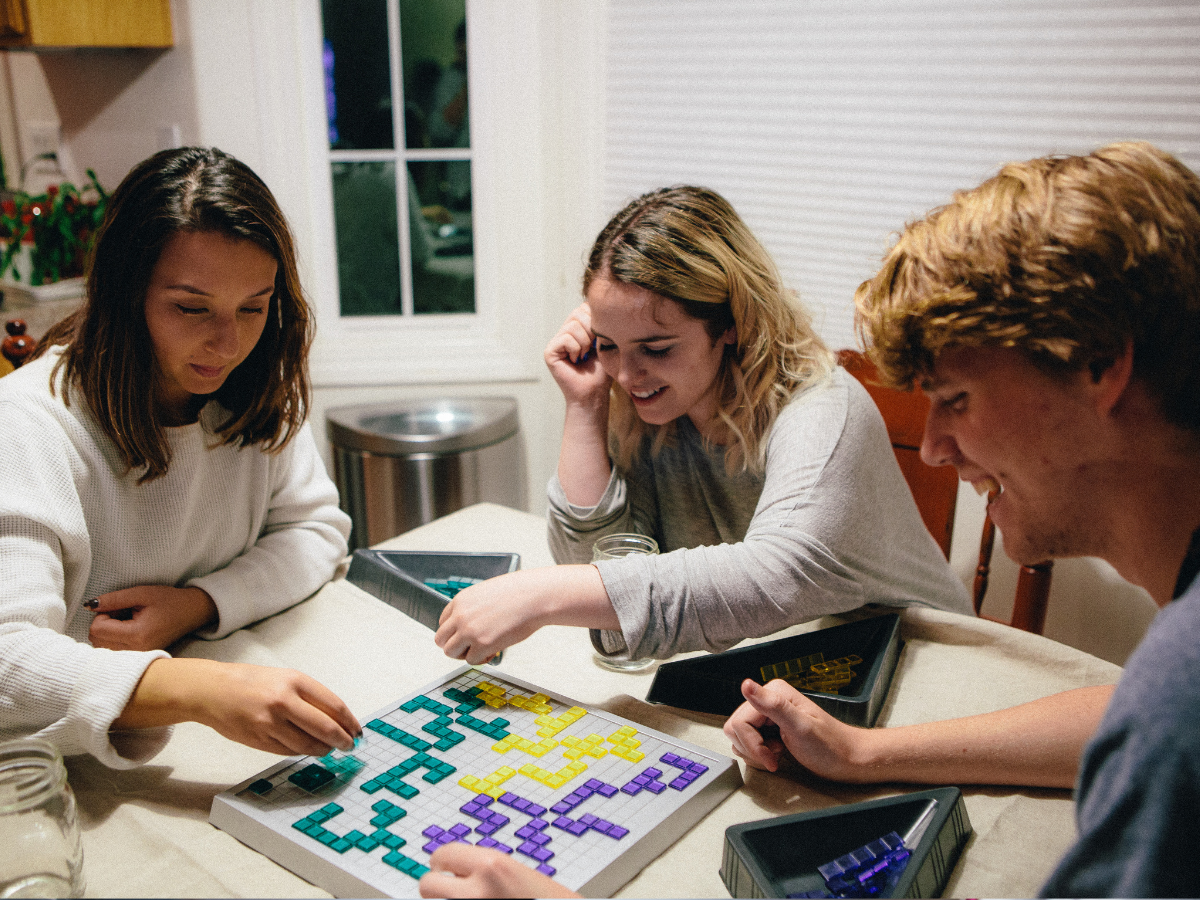Personal goals ultimately drive many of us to try new things, chase our dreams, and create new experiences. But forming and following through on goals is often easier said than done, especially for adults with disabilities.
However, adults living with disabilities can arguably benefit from strong goal-setting skills more than those who do not; setting and chasing your own goals grants you independence that may be invaluable. Below, we explore how you can set and pursue realistic goals while considering the unique obstacles adults with disabilities may face.
How to Set Realistic Goals: SMART Goals
An ideal goal can look however you’d like it to. However, experts recognize that some goal-setting strategies yield better results than others. One goal-setting philosophy, the SMART goal, helps you sort through the nitty-gritty details that might hold you back.
When setting a SMART goal, ensure that it ticks the following boxes:
- Specific: Have a clear idea of what would be accomplished if this goal was completed successfully.
- Measurable: Have some means to measure the goal or progress toward it; this could be data like money earned or saved, days a goal has been achieved, etc.
- Achievable: The best goals are genuinely doable. If it’s not something you have the means to do, it’s probably not a realistic goal.
- Relevant: Goals that align with other priorities or passions in life tend to be more achievable.
- Time-Bound: Have a specific time frame for completing the goal to make it easier to understand how and when to make progress.
Essentially, the more specific, achievable, and clear your goal is, the more likely it is to come true. After all, which seems less stressful: trying to save $500 in two months for a trip to the beach or deciding to save as much as possible as quickly as possible?
Using these big ideas to guide you as you set goals can also help you discover what support, if any, you may need. It’s much easier to ask for help when you know what that help looks like!
Goal-Setting Tips to Help You Stay on Track
As you work on creating realistic goals for yourself, keep the following tips in mind. Remember that goal-setting is a process that can take time and practice, so it’s important to be patient and kind to yourself.
1. Think broadly, then narrow it down.
What is it that you want to achieve? Do you want a job, to live more independently, to have a self-care routine that is both supportive of your needs and easy to follow? Whatever the case, start with a general idea and work it down to something tailored to you.
Say the general goal you’d like to achieve is getting a new job. Within that large goal are a few smaller ones more relevant to you. You might, for instance, realize you’d like to first get a part-time job and maintain it for six months. Or maybe you discover that taking a training course to prepare you for your dream job is the next best step.
Regardless, it helps to first think big and then try to discover the smaller goals you can begin to make progress on.
2. Seek resources and advice.
With smaller, digestible pieces of your goals to focus on, it’s time to begin chipping away at each step. For many adults with disabilities, this phase might involve seeking outside resources, accommodations, and support to ensure goals come to fruition.
Let’s return to our job example again. Say your goal is to land a job within two months – you might break this down and decide you’d more specifically like a part-time role at a local store.
Knowing this, you have clear next steps to follow – find part-time jobs at stores and apply to them – and an expectation of what obstacles you might encounter. To address them, you could talk to others with similar jobs to learn how they found them or how prospective employers managed their needs.
3. Map out a timeline.
How long will it take to complete each chunk you’ve identified? Ideally, your goal’s timeline should be flexible to account for any delays or hiccups that may occur.
While maintaining a consistent routine and knowing what to expect can be vital for many people with disabilities, some flexibility may greatly increase your odds of achieving your goals. Goals take time to achieve, and working towards them isn’t always a straight line.
4. Stick to it.
No matter what happens as you pursue your goal, there’s one key thing to remember: you’ve got this. Whatever delays or surprises may come up, your support system and Navigator, if you have one, will be by your side, ready to help you handle them.
There are bound to be moments that feel frustrating or impossible, but your path won’t always be like that. Remember the successes you’ve already had and ask for additional support if you need it.
And don’t be afraid to go back a couple of steps. Break your goal into smaller chunks, extend your timeline, and map out a different route. There is more than one way to achieve your goals.
Goal Setting: A Vital Piece of Person-Centered Planning
Being an adult can feel like a lot of responsibility, especially when you live with a developmental or other type of disability. Thankfully, that doesn’t mean your goals and dreams are inaccessible.
Taking control of your life and its trajectory is a personal right that we at NeuroNav are passionate about helping you protect. To learn more about our services and how they can help you navigate your goals, we invite you to book a free consultation today.




